
In Paul Alexander’s wonderful James Dean biography (and one of my personal favorite books), Boulevard of Broken Dreams, he tells of a time when Dean, living alone in New York while looking for work as an actor with nothing to do in his free time except go to the movies, sees a matinee showing of A Place in the Sun with a friend. He was so struck by Montgomery Clift’s performance that he stayed in his seat after it was over and watched it a second time, finally being dragged out of his seat halfway through a third showing of the picture while in complete awe of the star’s performance.
One only has to see the film once to understand why he would want to see it three or four times in a row. Montgomery Clift’s performance in particular, though his costars Elizabeth Taylor (in their very first film together) and Shelley Winters certainly hold their own, is phenomenal, easily one of the best if not the singular best example of method acting in the 1940s (it was filmed in 1949 and released in 1951 instead of 1950 so it wouldn’t have to compete with another Paramount film at the Oscars that year, Sunset Boulevard).
As the opening credits roll, George Eastman (Montgomery Clift) is hitchhiking in a California dust field to get to his wealthy uncle’s clothing factory after being offered a job back in Chicago, where he had been working as a bellhop and living with his devoutly religious mother. In a blink-and-you-miss-it Easter egg, Angela Vicker’s (Elizabeth Taylor) car actually passes him on the highway, recognizable by the sound of her car horn.
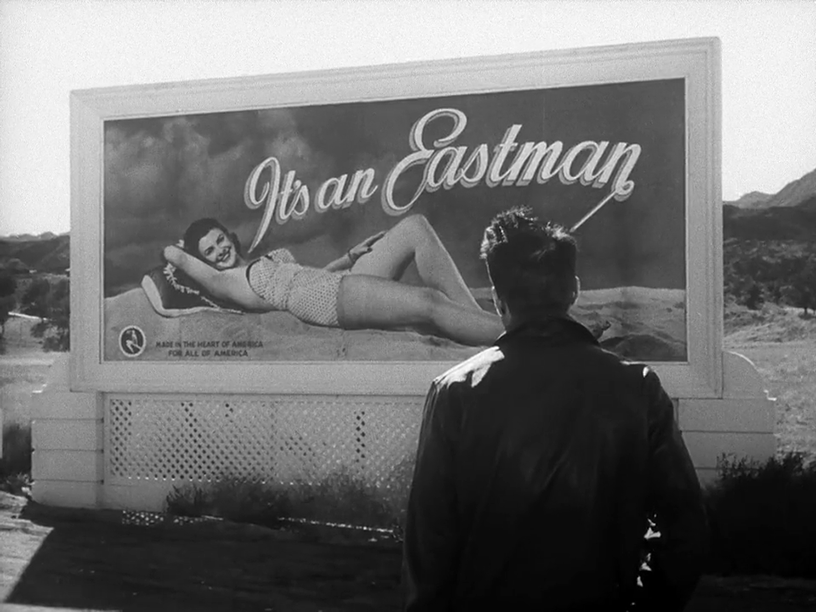
George, who is strictly banned from dating any of the other girls at the factory with the risk of both of them being fired from their jobs, meets Alice (Shelley Winters) on the production line — she packs bathing suits into boxes, he stacks them. After running into each other at the movies, they strike up a secret romance, even though he was fascinated with Angela, whom he met at a party on the night he arrived while she never spoke to him or noticed him standing right in front of her.
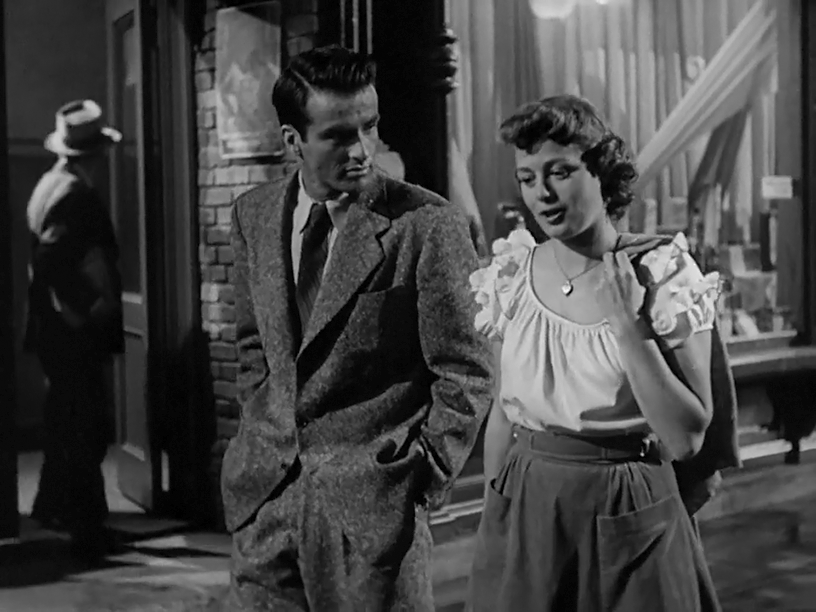
It’s only after he’s promoted that Angela notices him, in the now famous pool table scene, possibly the most well-known and romantic scenes from the film.
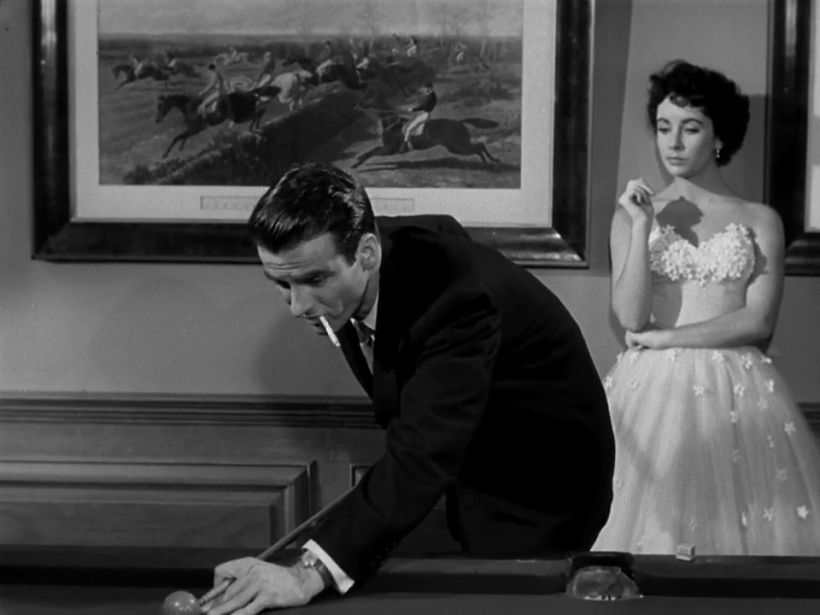
But as the romance between Angela and George turns from a spark to a flame, Alice shares devastating news — she’s pregnant, and she’s insistent that George marry her and lose his chance at marrying the woman he really loves so he can live with her in poverty and raise their child.
It’s this bleak future, along with Angela’s coincidental mention of a young couple that drowned the summer before, that sets the tragic plot in motion.
If I had one major criticism of this film, it’s Alice Tripp’s portrayal. Shelley Winters, of A Patch of Blue and Pete’s Dragon fame, is a fine actress, and her performance is flawless. It’s George Steven’s direction and intention for her character that may rub a 21st century audience the wrong way. In the real life case this was based on, the inspiration for her character, murder victim Grace Brown, was by all accounts a beautiful and well-mannered victim of horrible circumstances, not a mousy, annoying harpy made to look as frumpy as possible to ensure that Elizabeth Taylor seemed glamorous. Shelley’s portrayal was more than deserving of her Oscar nomination, as it’s difficult to make the audience root for the death of a young pregnant woman without going completely over the top, but I believe the film would have been better if Alice were plain but pretty, less irritating and more sympathetic like her real-life counterpart. Not only would it have made George’s decision more thought-provoking, her death more controversial and his love of Angela more apparent when he actually has two serious options before him, but it would make the audience feel far less uncomfortable for hating a woman whose only crimes are having a bad personality and not being as pretty as Elizabeth Taylor.
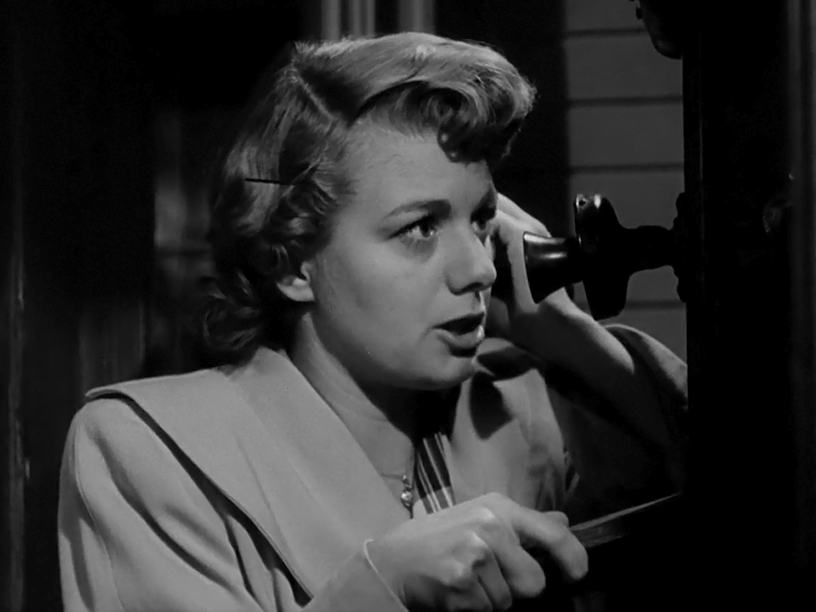
Having mentioned James Dean in the beginning of this piece, it’s interesting to note the fashion in this film, which won the legendary Edith Head her fourth Oscar for Costume Design out of eight, was almost certainly an influence on the actor. The costumes are gorgeous, one of the more memorable parts of the film, and are crucial for establishing the differences not only between Alice and Angela, but between George as a poor factory worker and George as a member of high society.
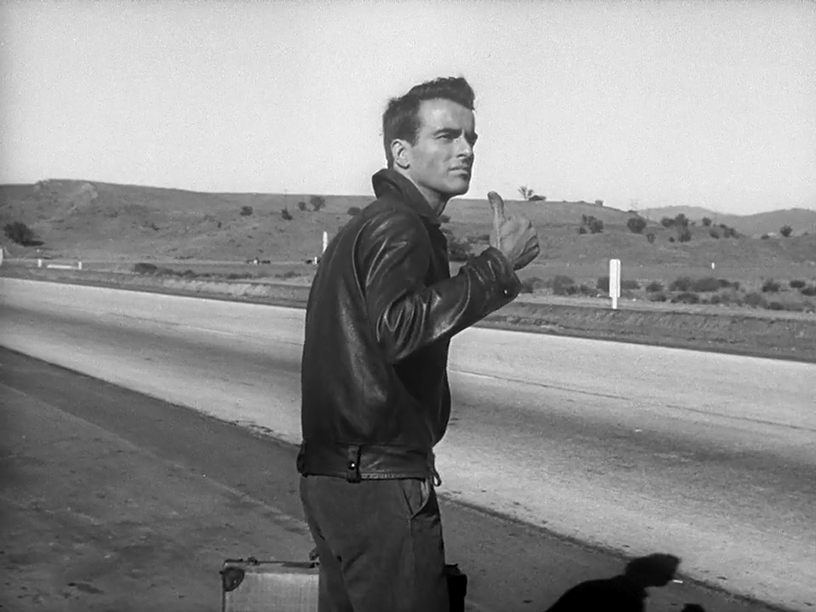
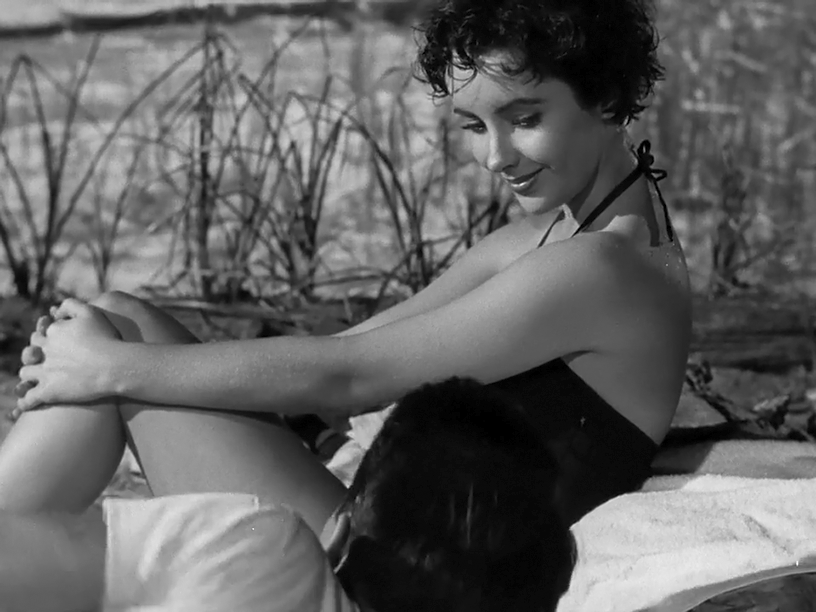

After seeing the film, Charles Chaplin called it, “the greatest movie ever made about America”, and while it hasn’t aged as well as some films from the same era, it’s still, beyond a shadow of a doubt, a fantastic look at social class differences, the passion of young love and the tragedy of the failure of the justice system for our hero. The score, the costumes, the cinematography and the screenwriting all are admirable, components that work together flawlessly to build the ultimate suspenseful love story/legal drama. Elizabeth Taylor is beautiful, Shelley Winters is skillful, but the film ultimately and undeniably belongs to Montgomery Clift and his harrowing turn as a young man that faces the ultimate consequences for striving too hard for his place in the sun.

I would like to thank Journeys in Classic Film for allowing me to participate in her TCM Summer Under the Stars Blogathon, my very first!
P.S., no review of A Place in the Sun would complete without pointing out Elizabeth Taylor’s faint three quarters of the way into the movie, considered one of the best ever put on film. Talk about drama!
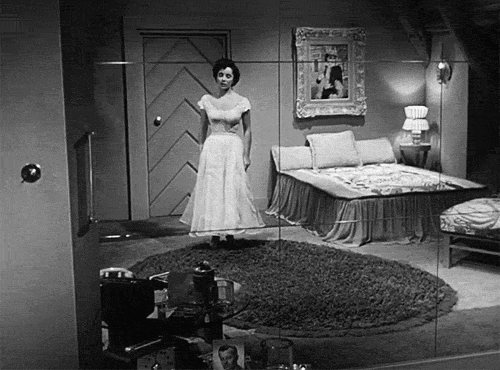
Hey I can’t seem to find a better way to contact you, but I thought I would drop by to invite you to participate in my next blogathon. The link is below with more details.
https://crystalkalyana.wordpress.com/2016/09/05/announcing-the-agnes-moorehead-blogathon/
LikeLike